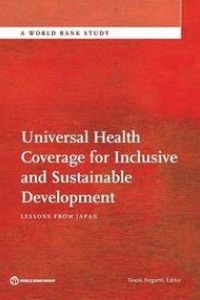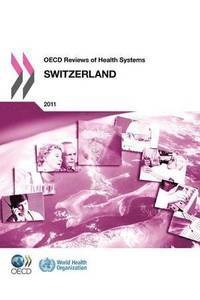
Liknande böcker
Health Financing for Poor People : Resource Mobilization and Risk Sharing
Bok av Alexander S Preker
Most community financing schemes have evolved in the context of severe economic constraints, political instability, and lack of good governance. Usually government taxation capacity is weak, formal mechanisms of social protection for vulnerable populations absent, and government oversight of the informal health sector lacking. In this context of extreme public sector failure, community involvement in the financing of health care provides a critical albeit insufficient first step in the long march towards improved access to health care by the poor and social protection against the cost of illness. 'Health Financing for Poor People' stresses that community financing schemes are no panacea for the problems that low-income countries face in resource mobilization. They should be regarded as a complement to--not as a substitute for--strong government involvement in health care financing and risk management related to the cost of illness. Based on an extensive survey of the literature, the main strengths of community financing schemes are the extent of outreach penetration achieved through community participation, their contribution to financial protection against illness, and increase in access to health care by low-income rural and informal sector workers. Their main weaknesses are the low volume of revenues that can be mobilized from poor communities, the frequent exclusion of the very poorest from participation in such schemes without some form of subsidy, the small size of the risk pool, the limited management capacity that exists in rural and low-income contexts, and their isolation from the more comprehensive benefits that are often available through more formal health financing mechanisms and provider networks. The authors conclude by proposing concrete public policy measures that governments can introduce to strengthen and improve the effectiveness of community involvement in health care financing.







